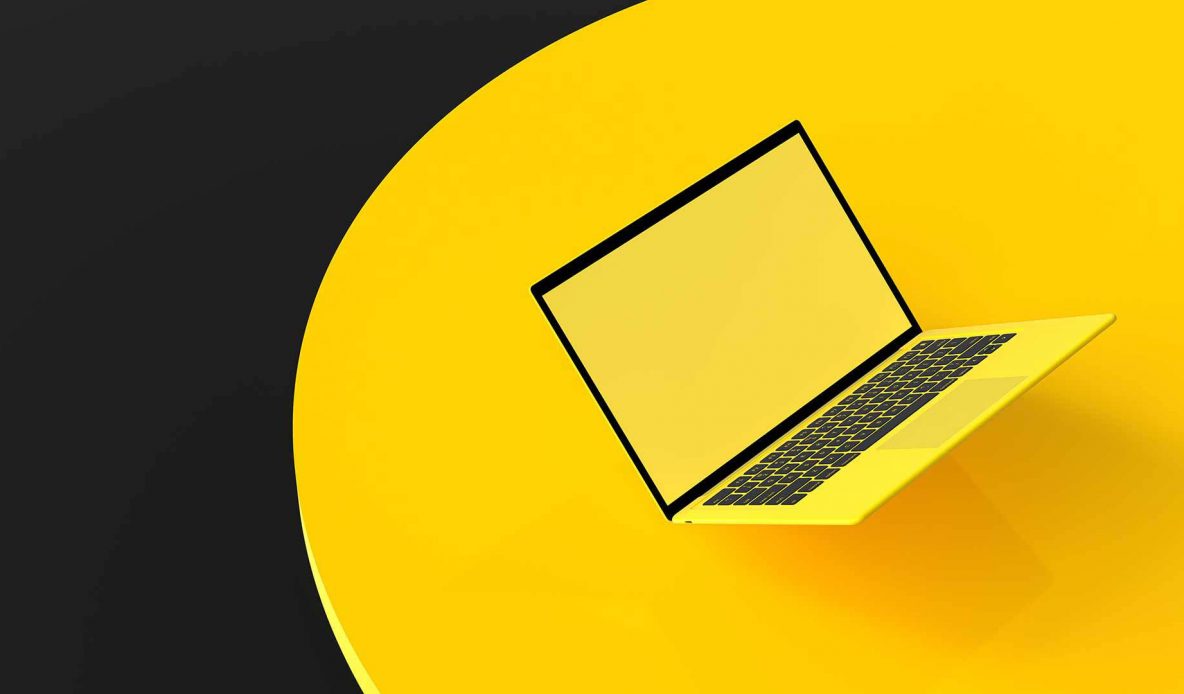
Essentials for a Minimalist Web Design
The principle of less is more is the hallmark that defines minimalism becoming apparent in all facets of living including literature, architecture, design and everyday life. Minimalism is an intricate ideology that many would misjudge for simplicity. It is never about opulent design, but to also insinuate that it is design-less is wrong. In this case, it is not only simple, but also quite complicated. To this end, it is quite difficult and complex to create a minimalist website design although in the end, it is worth the challenge.
Why Minimalism
Nevertheless, the first task is to analyze the importance of attaining the minimalistic feature. Several advantages arise from creating a minimalist web design. Besides, a great commodity does not need overselling and that is why successful companies utilize a minimalistic approach in their website designs. The EssayWritingService website is an excellent example of this proposition. Such a site facilitates a precise focus on the content implying that people using the site have a convenient way of accessing and assessing the products being sold. In this regard, navigation through the site is a prime advantage because customers have a tendency to leave a site they find compromising on their mental energy. A minimalist space is vital in meeting the user’s calm and uncluttered experience while browsing. Further, it enables administrators to apply minimal efforts to maintain the site.
Consistency
Consistency is not only one of the most vital characteristics for success, but also ranks highly among tips for web designing. Creating minimalistic websites is an extensively artistic affair. The integration of the artistic flair in this process paves way for the broadening of the artist’s creativity. As mentioned earlier, the users’ navigation is an underlying crucial concept and therefore, the minimalist approach needs to be consistent throughout the website. Achieving this aspect is predicated upon the website’s structure, which ought to be evident throughout your website. Web designers can come in handy here if you feel as though your standards are not up to par. Such professionals have the expertise to warrant that the site meets users’ appeal, which is apparent the very moment that they open it. Also, you need to optimize the search engine optimization tool so that all these efforts do not remain underutilized.
Colors
Colors are the epitome of the ultra-minimalist design that you yearn to achieve in web design. It is a visual characteristic with great potential as it sets both emotional and informative linkages between the user and commodity in the site. There is no doubt as to the essence of the color as it permits direct attention or visual interest and at times, alleviates additional input of actual graphics or design elements. In most circumstances, monochromatic colors have been the most predominant definition of this element although inducing one or two colors to it does not mean the case for minimalism is rendered ineffective. For instance, another color tone can be applied to substantiate links from the main text in the site. This position means that contrasts can play a part in inducing minimalism and when used appropriately, the users connect to the content in a deeper, visceral level.
Negative Space
In some instances, you are worried of the negative space and this worry could escalate to fear. However, this should not be the case because the empty space is the most essential component of minimalism. It is the one that provides the much-needed power to the minimalist website. In essence, it is the discrepancy that differentiates an overwhelming and perfect design. A great example is the Google homepage that has the search space only and less of any other details. The white space offers the users a relaxing, yet calming feeling. When you are surfing this website, you are highly likely to experience peace of mind in the process. On the other hand, the primal objective of this space is to ensure the viewer’s attention is projected to a precise point, which consequently, guides them through the site. This illustration shows that the negative is equally important as the content. The content encapsulates the text, graphic elements and images.
Typography
Onwards from the negative space lies a well-selected typography. The two are interlinked because text is integrated to dominate the negative space and thus, comes in handy as a graphic component. On the other hand, it is highly advocated that less text is used because in such an approach, it attenuates the essence of minimalist essentials. Typography demands the dispensation of type in various font styles. Nevertheless, few fonts are much more likely to achieve the intended design. The Helvetica typeface has been quite predominant since the inception of the minimalistic concept in the 20th Century. Otherwise, bold headlines attain the minimalist aspect when paired with smaller, legible body text. This combination has a profound impact.
Visual Harmony
Visual harmony is regarded as a solid backbone for the minimal design framework. Visual organization consists of close attention to alignment, visual balance and a strong grid. The grid facilitates the placement and arrangement of different components via an approach that conveys purpose. Aligning does not equate to centering content even though the latter is part of the solution. It involves a curated ability to align content in the most suitable places along a grid meaning that they can be aligned in the center, right or left. Balancing colors, photos and typography implies that none of the visual elements used overpower the other and if so, then there must be a justifiable reason for this result. The introduction of a heavy element compels the use of other elements such as colors, white space, and content to balance it into your layout. These dimensions prove that the objective here is relatively complex and thus, you should arm yourself with competent web design tips. Otherwise, it is important to seek the input of professionals in this tech niche.
The dynamics involved in the articulation of a minimalist web design coerces the contemplation of fundamental elements. Such a website evokes curated simplicity implying that attaining these status tags with its level of complexity. Minimalism is advantageous because users can navigate through the site conveniently. Moreover, it allows for the conveyance of the precise intended message. To this end, minimalism has to be consistent throughout the structure of the website taking into account appropriate visual organization. Negative space ought to be used boldly to amplify the design. Far from the conventional ideology, additions can be induced to the monochromatic colors to establish the right balance of appeal to the viewers. Visual harmony complements other elements including typography in the quest to ensure that there is minimal clutter in the interface.



